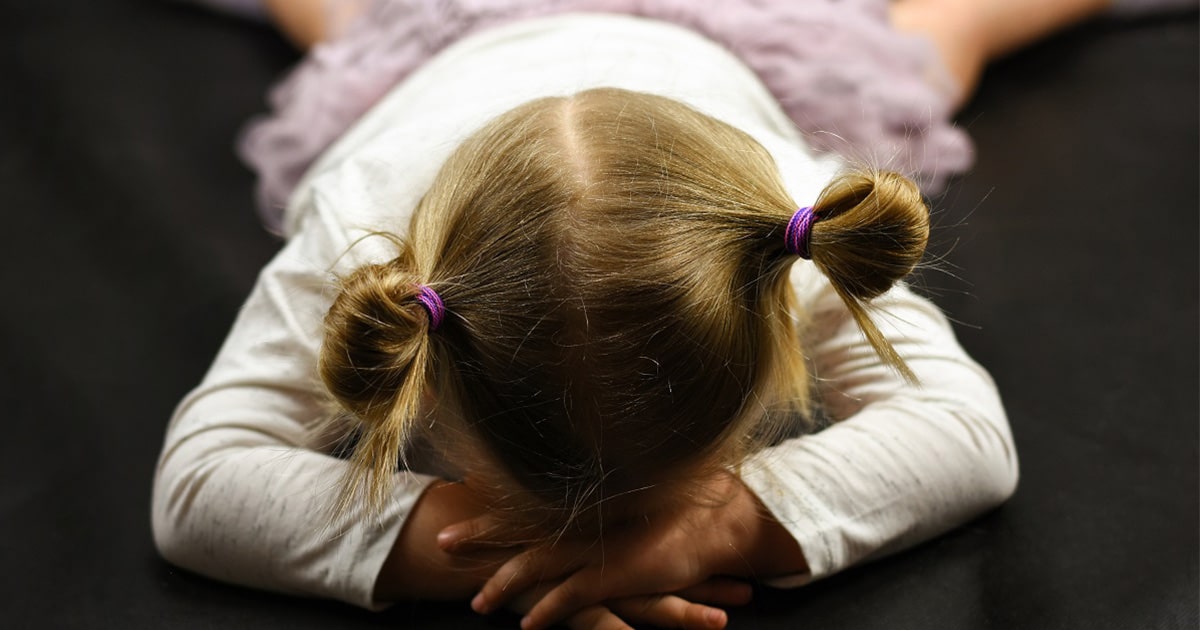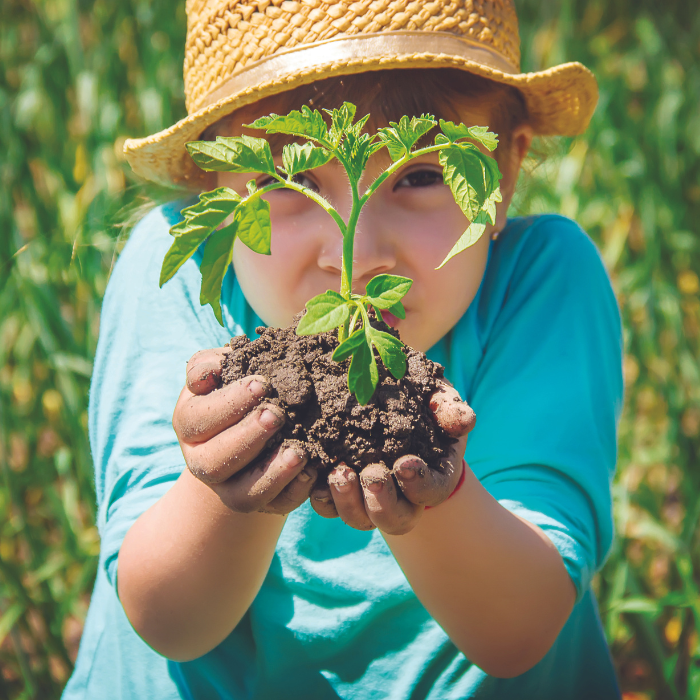
It might start with a raised voice that quickly turns to screams, tears, urgent commands like “NOW, NOW, I need it NOW”! During a meltdown there might be obscene language and insults you’d never expected to hear from any small bodied human let alone your own child!
Items might be thrown, walls kicked or punched. If you are nearby it could be aimed at you and you might get both bitten and scratched. (Prepare to be asked if you have been attacked by a cat)! His knees might buckle and he might collapse to the ground, rolling and crashing into walls, his body rigid or jerking in tic like motions. He might hit or scratch his own face or leg, crying urgently “help me, help me” because it feels to him, like he’s about to be swallowed whole by the feeling of doom overtaking him.
Alternatively he might just be screaming, crying or foaming at the mouth, incapable of any speech at all. His hair could be drenched in sweat and his face, wet with tears. He might show no response to anything you do or say, clutching at his head making odd throaty sounds. His body and brain seem to have lost all ability to communicate. It could be 20 – 60 minutes before he feels control over his body again and when he does he might say “I’m sorry I’m a bad boy Mum”. No matter how you respond, at that moment in time, he hates himself. Despite this he seems mostly powerless to stop it happening again and again, sometimes several times a day.
The triggers could be varied, some like frustration at not being able to have what he wants or tiredness, might be obvious. Equally you might feel bewildered at how suddenly and without warning his emotions snap. You might feel your own body descend into a constant state of tension and notice the caution of his siblings.
Sometimes the meltdown can happen anywhere but lots of times it might just occur at home. In this case you might feel like you live in silent heartache because actually he’s a sweet, quiet child outside of your doors and this means anyone you tell might be inclined to assume it’s an issue of a parent needing to gain more skills to better manage his behaviour. Right?
Adding more skills to your parenting tool kit is usually a good thing but dealing with extreme meltdowns calls for more understanding and a wholistic approach. Children who experience extreme meltdowns have nervous systems that are easily aroused. Even in their resting state they maintain higher levels of arousal. This is regulated by their brains. Their brains are different. The Stress or the accumulation of stress, even just keeping their emotions contained all day at school, can drain all their emotional energy and unleash a full fight-flight response later. This results in the extreme meltdown behaviour.
Responding with a disciplinary approach will escalate the situation. So what helps?
Take charge of your own emotions during a meltdown. Don’t get angry, threatening or talk punishment. If you can’t then put some physical space between you and don’t say anything.
If you can, then reassure your child that you are there for them. Learn what your child does find helpful. Some might like to squeeze your hand, be wrapped in lycra or something weighty like a weighted blanket or wheat bag. Some might like tight cuddles, to be held and rocked while others might hate it. Some might like calming music or essential oils, or to be helped into a warm bath or shower.
Your focus is to support your child through emotions they can’t yet control. Connecting to your child’s emotions through empathy and understanding will make the biggest difference.
When meltdowns are at their worst and you truly want to run away, get support and take a break but make an even more super concentrated effort to do one-to-one activities together that bring you both joy and strengthen your relationship. It could be one of your biggest challenges ever but your child is worth it (find a way to convince yourself or be convinced even when things feel lowest of low).
There ARE practical things we can do to help children’s brains and bodies better regulate their levels of arousal. These include:
- Engage them in lots of physical movement and activity. Exercise can help relax the nervous system so biking riding, trampolining, going to the playground, dancing and swimming are all helpful.
- For the same reason provide children with the space and tools to be physical inside their homes. Provide a bean bag for them to run and crash into or a cushy chair they can bounce against. A rebounder to jump on and a swiss ball to roll, wobble and hang upside down on are both great!
- Children’s yoga, tai chi and other mediative activities that help them regulate good breathing techniques will also be helpful.
- Swinging is ideal especially a slow, rhythmical motion back and forth. A swing hung linear from a single point will provide a longer lasting effect. 15 minutes can last up to 8 hours in the nervous system.
- Engage children in fun heavy work like pushing, pulling, lifting, stacking and carrying safely weighted items.
- Massage and deep pressure touch. You can also buy weighted vests and blankets. If you child likes this it will help release mood related chemicals dopamine and serotonin.
- Provide fidget toys!
- Delight their sense of smell. Scents that promote a calm mood include lemon, lavender and jasmine.
- Chewing and biting are calming. Pendants to suck and chew can be purchased from online sensory shops. Chewing gum and sucking on a water bottle are other options.
- Some children operate their emotions better when life is predictable and routine. These children need prior warning if things are going to be different.
- Focus on healthy eating and sleeping. Foods that can increase serotonin levels include eggs, cheese, turkey, nuts, salmon, tofu and pineapple.
- Check out any possible vitamin deficiencies and get enough daily sunlight through sensible sun exposure.
If you continue to feel concerned it is a good idea to talk to your GP and to seek help from local child and family services in your community.








